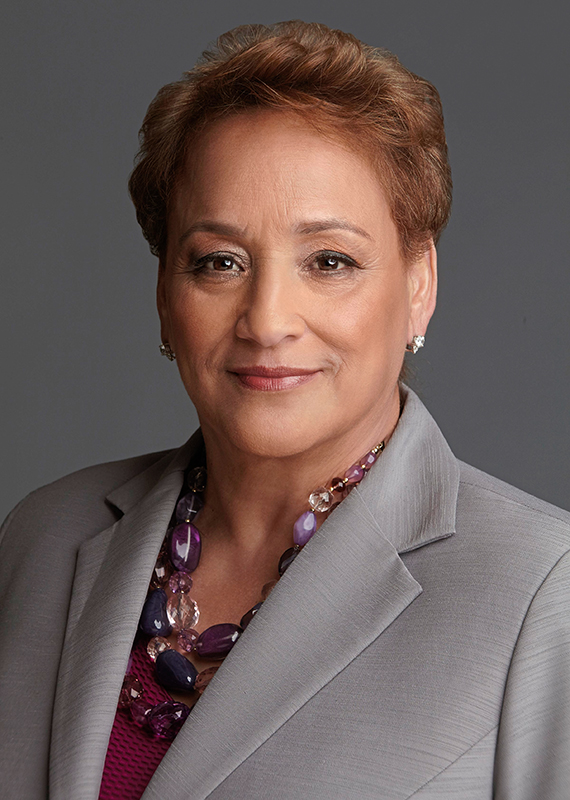Staying Fit


The COVID-19 pandemic has had a profound impact on the American workforce, especially those 50 and older. Since the beginning of the pandemic in March 2020, workers have left their jobs in record numbers in what is being called “The Great Resignation.”
In November alone, 4.5 million Americans quit their jobs — the highest monthly total since the Bureau of Labor Statistics began tracking those figures in 2000.


AARP Membership— $12 for your first year when you sign up for Automatic Renewal
Get instant access to members-only products and hundreds of discounts, a free second membership, and a subscription to AARP the Magazine.
In January, AARP surveyed Americans 50 and older to find out why this is happening. Respondents cited lots of different reasons.
Many who retired recently said they had no plans to reconsider. About 7percent of respondents said they had taken a different job, while 6 percent are now working independently — as Uber or food delivery drivers, selling things made at home, and so on.


This retirement wave has taken a toll on the American economy, but job losses also affected the ability of individuals and families to meet their day-to-day financial needs. In the weeks since AARP's January survey, news reports have suggested that the stress of higher housing, gas and food prices, along with potential of this level of inflation continuing, are causing even those who had no plans to return to the workforce to rethink.
The good news is that these workers are in demand. More employers are bringing work teams back into the office and stepping up hiring. And older workers have an edge. A separate AARP research report issued in November found that three-fourths of employers want skills more than academic degrees. And employers are emphasizing values like professionalism, work ethic, leadership and problem-solving.. Older workers have developed those characteristics over a lifetime on the job.
Employers are also understanding the value of a multigenerational workforce. They realize that having workers of different ages increases productivity, lowers absenteeism and enhances employee engagement — all of which benefit both employer and employee.

































































More on politics-society
Get Yourself Ready for the 2020 Election
Expect rough-and-tumble campaigns in which issues take a back seat and social media dominates